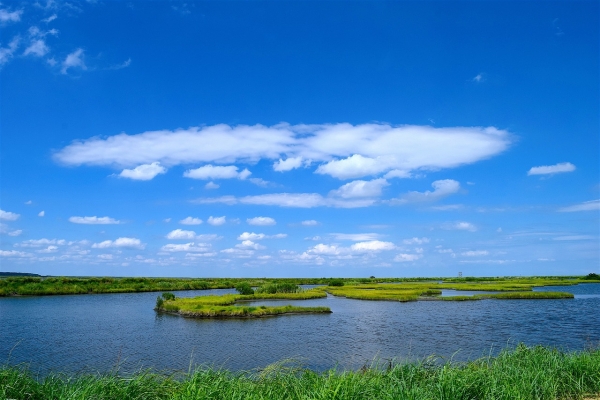To preserve the important intertidal areas and salt marshes off our coasts for the future, we need more turbid water.
To preserve the important intertidal areas and salt marshes off our coasts for the future, we need more turbid water. That is one of the striking conclusions from a new study conducted by a Dutch-Chinese team of researchers and published today in Nature Geoscience."These natural areas outside our dikes are essential for nature and coastal defense. But because how we are now building in the Delta and the hinterland, coastal defense is endangered in the long term," warns NIOZ researcher Tim Grandjean.
Satellite Measurements
For his research, Grandjean linked decades of satellite measurements of tidal areas around the world with data on the turbidity of the water, which is also measured by satellites. Importantly, Grandjean has established a lower limit for the necessary turbidity of the water in deltas worldwide. A very clear relationship emerged in the long term: intertidal areas only grow when the water is turbid enough. "After all, turbid water means more sand and silt particles in the water, which can allow the coast to grow," the researcher explains.
Vulnerable Tidal Flats Due to Human Interventions
Worldwide, the turbidity of many coastal waters has been declining for decades, making the tidal flats sensitive to loss. Additionally, sea level rise requires that water has higher turbidity to continue to maintain tidal flats. The relatively low turbidity globally threatens essential areas for biodiversity and coastal safety. After all, tidal flats are important foraging areas for birds and contribute to wave attenuation.
Read more at: Royal Netherlands Institute for Sea Research
Photo Credit: bones64 via Pixabay




